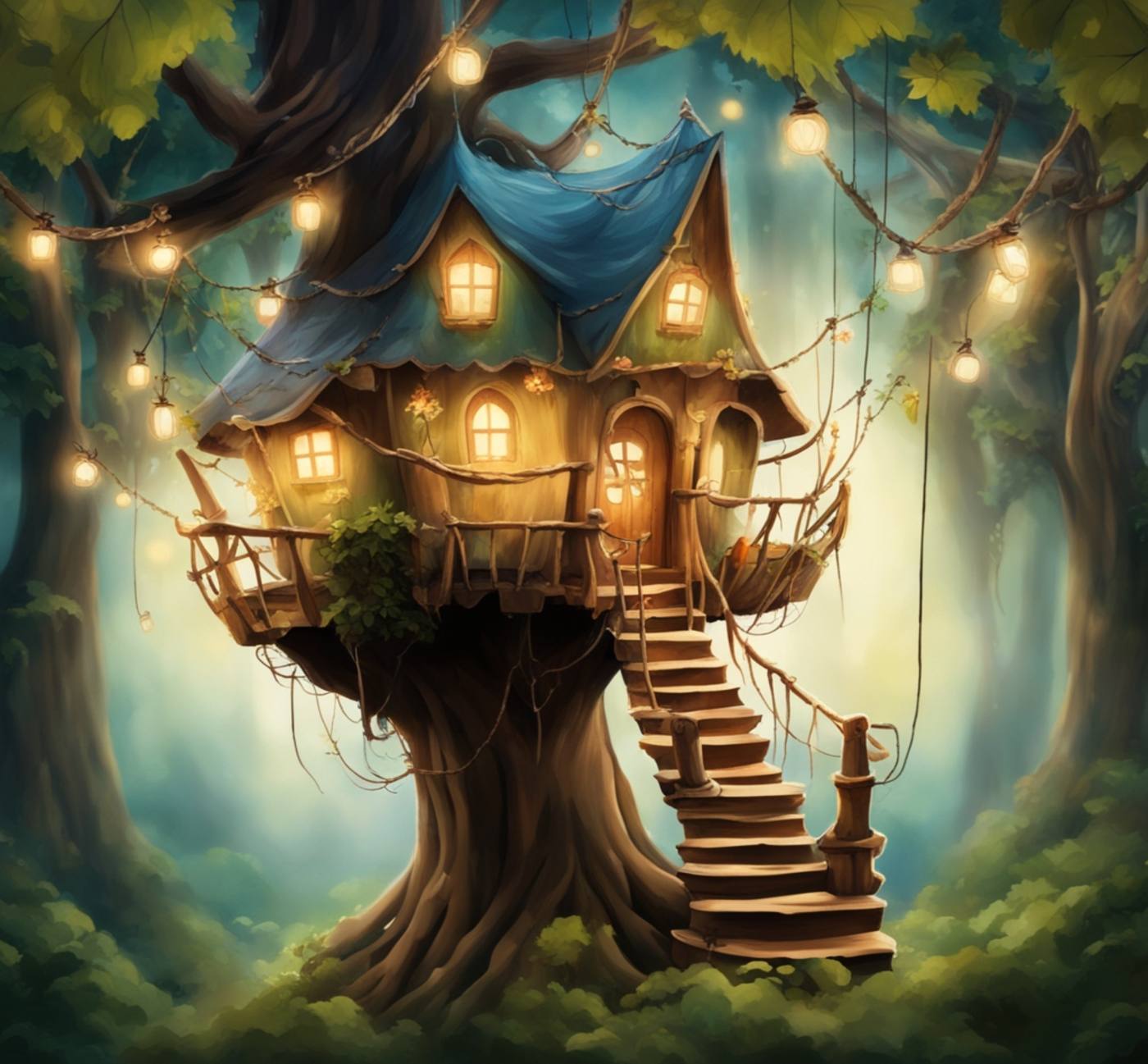Evolving Narrative: Rethinking Storytelling Approaches for Children with ADHD

Ever wondered why children with ADHD get bored easily? This is simply because they have brains that are wired for constant action and excitement. To better understand this idea, we first need to acknowledge the term ADHD, which stands for Attention Deficit Hyperactivity Disorder. This is a neurodevelopmental disorder that is characterized by challenges with attention, impulsivity, and difficulty in maintaining focus. Such children often experience increased levels of energy, and a constant need for stimulation. So, they may find the easiest tasks challenging for them, if they don’t capture their interest. Does it make sense now?
Think of it like this, kids with ADHD are always on a quest for the ultimate thrill, regular stuff just doesn’t cut it. So, boredom kicks when the excitement meter drops.
Now, here’s the main question: do you think reading could fit into the world of children with ADHD? I mean, if a child loses interest even in the coolest toys and games, reading just doesn’t stand a chance. Well, let me tell you that reading stories can actually be a game changer for ADHD and can be a great workout for the brain IF delivered the correct way.
To do so, we must focus on the main element of a story, which is the writing techniques. Calling all the writers – this blog’s just for you!
Let’s talk about breaking free from the old-fashioned storytelling shackles when it comes to our buddies with ADHD.

Breaking Chains: Unmasking the Pitfalls of Old-School Storytelling
While crafting a children’s story might seem an easy job, it is actually pretty challenging. Keeping children interested throughout the story is very crucial and requires creativity. As for children with ADHD, the challenge is double. Storytellers must always consider their shorter attention spans, so it is very important to maintain a good balance between excitement and simplicity, while upholding a significant narrative.
Sticking to the old school storytelling for children with ADHD might not be the best idea, here’s why:
1- fleeting focus
The slow burn of classic stories is not helpful with ADHD children’s short attention spans, which makes them distracted before the good stuff happens.
2- the one-way street of boredom
Old-school storytelling ignores engaging activities that keep kids with ADHD hooked, and often treats them as passive observers.
3- complicated lingo & tangled plots
Classic tales sometimes tend to use difficult terms and twisted plots that can leave kids with ADHD scratching their heads.
4- where are the pictures?
Adding a picture or two to the story does not mean it has become more interesting. Storytellers might ignore the power of visuals in such cases, or any case. I mean, who wouldn’t mind looking at pictures and vibrant colors while reading a story?
5- slow & steady doesn’t win the race – fixed pace?
That’s a snail’s pace for our ADHD roller coaster riders.
6- The Elite Club vibe
Traditional stories and fairytales tend to stick to their comfort zone and follow a traditional pace, missing out on game changing ideas.
Reading for Cognitive & Emotional Growth
The simple act of reading emerges as a great opportunity for children with ADHD. But, as mentioned earlier, adapting new techniques in writing stories is the key. After all, it’s called the art of storytelling for a reason, because it tailors each idea into a captivating story that fosters imagination, empathy and creativity in children.
Buddies with ADHD need a dazzling entrance that hooks them from the get-go. Always think fireworks, not a slow burn. So, try starting with an interesting beginning, directly dive into the story. A long entrance will make them lose attention faster than you can say “once upon a time”.
One important step is to turn the story into a two-way street to allow children to engage with the story. Our pals with ADHD are not just passengers, they’re drivers. Let’s give them the wheel! In other words, try to include small challenges, quests and trivia related to the story. Let children think along with the characters and join storytelling.
When it comes to choosing the correct language and plot, keep it simple, keep it real. It’s never about sophisticated and fancy terminology, but rather about remaining straightforward. Skip the decoding challenge.
Think of bite-sized chapters and break your story into small parts to avoid losing the plot.
Let’s not forget about the story basis: the characters. The more relatable the characters, the more children will get hooked. Allow challenges that hit close to home. And always think about the diversity of characters inside one story.
Set the perfect mood for their imagination and create an unforgettable setting that will get stuck inside their heads. Give their eyes a treat and add pictures and popping colors along the story. This will help them better understand the narrative and maintain engagement. It is also very important to include multi-sensory experience, by describing smells, sounds and textures.
End Note
Fellow writers, GET.OUT.OF. YOUR.NUTSHELL.
Old fashioned storytelling has its charms, but for our ADHD champs, it’s time to rewrite the tale. To win the hearts, but most importantly the attention of these kids, you need to get inside their heads. Once you do so, you’ll find a whole charming world full of magic and creativity, in which each part has its own beauty. Based on that, you can start weaving some magic for these champs, and each story of yours will become their favorite rollercoaster ride.




